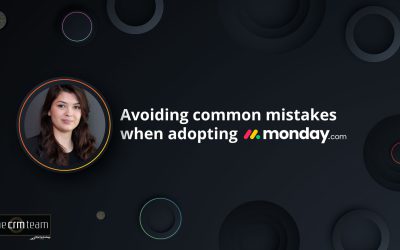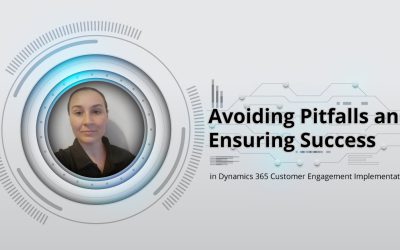5 reasons why Agile is better than Waterfall
1. Less prone to error
Waterfall relies heavily on initial requirements. However, if these requirements aren’t documented precisely, or there was a misunderstanding around the detail of what the customer wanted, it makes things very difficult. Not so with Agile – requirements are checked and confirmed throughout the project.
2. More flexible
Once a step has been completed in Waterfall, it’s difficult to go back and make changes. In contrast, Agile builds a working version of the whole project (an MVP) so the customer can shape how it’s built. Seeing a working version early on in the project allows the customer to say ‘I like this, but I don’t like that’, and so shape the product according to their requirements. This is harder to do with Waterfall because the customer has to outline all their preferences upfront, without seeing a working version.
3. More predictable end product
With Waterfall, the product is mainly tested at the end of the project. If the customer’s needs weren’t captured well initially or they have changed since the start of the project, testing may come too late in the cycle to make big adjustments. The customer then has to find extra budget to get the product they now need. With Agile, testing happens regularly through the whole process, so the customer periodically checks that the product is what they envisioned. This also makes it more likely that the project will finish on time, and on budget.
4. More open to changes/additions
Waterfall isn’t geared to take into account a customer’s evolving needs. If business processes change during the project Waterfall isn’t set up to adapt to this. Often a client feels locked into a project that no longer meets the current business need. In contrast, Agile not only has the ability to adapt to changing needs, but it expects them and plans for them.
5. More customer involvement
Agile sees the customer as part of the implementation team and includes them at each part of the process. In contrast, Waterfall tends to spend a lot of time with the customer at the start, trying to document all the perceived requirements. But once this has happened, the implementation team usually take over.
Want to find out more? See our approach to CRM implementation.
Don’t miss more articles by The CRM Team
Breaking Down Silos: How monday.com Unifies Teams Across Departments
Breaking Down Silos: How monday.com Unifies Teams Across DepartmentsIn today’s fast-paced business environment, the biggest roadblock to efficiency isn’t just outdated processes—it’s siloed teams. Different departments often operate in isolation, leading to...
Avoiding common mistakes when adopting monday.com
Avoiding common mistakes when adopting monday.com - Unlock Its Full Potential for Business Successmonday.com has transformed how businesses manage projects, workflows, and team collaboration. It’s a powerful Work OS that promises automation, real-time insights, and...
Avoiding Pitfalls and Ensuring Success in Dynamics 365 Customer Engagement Implementation
Avoiding Pitfalls and Ensuring Success in Dynamics 365 Customer Engagement Implementation by Taryn EngelbrechtImplementing Dynamics 365 Customer Engagement can be a game-changer for organizations looking to enhance their digital presence and improve customer...
Discover More Stories


